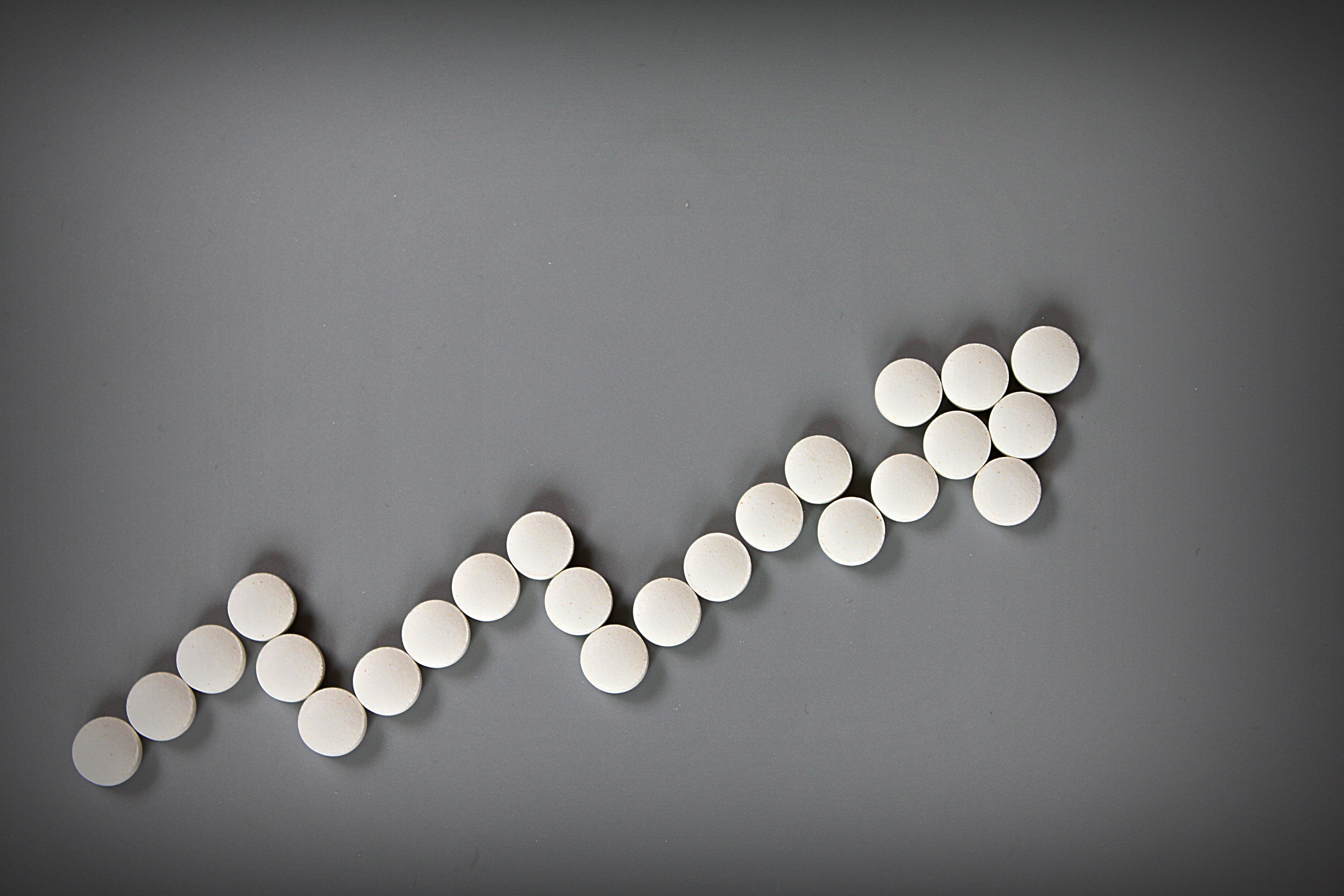- Center on Health Equity & Access
- Clinical
- Health Care Cost
- Health Care Delivery
- Insurance
- Policy
- Technology
- Value-Based Care
Out-of-Pocket Drug Prices Surge Ahead of Insurers' Costs, Analysis Finds
An analysis on the state of pharmaceutical drug pricing revealed that, despite rebates, consumers' out-of-pocket costs have grown faster than their insurers' prices.
Today, an analysis published in Health Affairs took a deeper look into how out-of-pocket prices and manufacturer rebates factor into the complexities behind pharmaceutical costs. This investigation revealed that the out-of-pocket drug prices faced by consumers have grown quicker over time than those encountered by insurers.1
“The complexity and lack of transparency in pharmaceutical pricing make it difficult to discern the true costs of drugs,” the authors began. The topic of drug costs has been an important ongoing issue in the US, especially considering the results of a 2023 KFF survey that detailed how 30% of respondents choose not to adhere to prescription drugs because they feel the prices are too high; this figure rose to 40% in households that made under $40,000.2
While rebates grant discounted drug prices for insurers, they have not benefited consumers' out-of-pocket costs in the same way | image credit: suyujung - stock.adobe.com

The present authors note how rebates—or discounts—for drug prices are negotiated with drug manufacturers by pharmacy benefit managers in place of insurers.1 As a part of this process, pharmacy benefit managers are incentivized to direct consumers toward various formulary drugs, which helps them to garner these discounts from the manufacturers. Because the privacy of these contracts hinders price transparency, the authors wrote, the ability to completely evaluate the impact of rebates on pricing becomes all the more challenging.
“These discrepancies mean that key measures of pharmaceutical prices used to inform policy makers and the public might not accurately reflect the final cost of drugs,” the authors wrote.
To more thoroughly investigate price trends, raise public awareness, and better inform future policy decisions and research efforts, the authors compiled extensive claims data, with estimated rebates, between 2007 and 2020. SSR Health LLC’s US Brand Rx Net Pricing Tool was used to collect rebate estimates, and the Merative MarketScan Research Commercial Database was largely relied upon for information on prescription claims.
In total, for each year from 2007 to 2020, their working data set featured 9 million to 18 million claims for 240 to 506 medications, which were tied to 1.7 million to 3.5 million commercially insured adults (<65 years) and children.
Throughout the study period, pharmacy list prices grew by 9.1% on average; however, this figure dropped to 4.3% after taking rebates into consideration. On the other hand, consumers’ out-of-pocket costs grew by 5.8% during this time. The growth of out-of-pocket and insurer/negotiated prices paralleled one another until 2016 when negotiated and insurer prices began declining, the authors added. This deviation (based on 2020 drug sales volume analysis) was attributed to greater increases in deductible payments ($2.3 pre-2010 vs $10.16 in 2020), co-pays ($5.08 vs $18.56) and coinsurance ($1.47 vs $5.93).
“This implies that consumers experience a heterogeneous cost burden, depending on their drug plan’s formulary structure. Although consumers with high deductibles or coinsurance may experience high out-of-pocket spending growth, consumers with a low deductible or capped copays appear to be shielded from steep pharmacy price increases,” the authors wrote, adding how rising costs and rebate-induced pricing could disproportionately impact lower-income households.
“Overall, the findings emphasize the importance of accurate measurement to inform policy discussions regarding prices in prescription drug markets,” the authors concluded as they called for more research in this area to garner more comprehensive and accurate measurements of the changing landscape of pharmaceutical prices.
References
1. Mallatt J, Dunn A, Fernando L. Consumer out-of-pocket drug prices grew faster than prices faced by insurers after accounting for rebates, 2007-20. Health Aff (Millwood). 2024;43(9):1284-1289. doi:10.1377/hlthaff.2023.01344
2. Kirzinger A, Montero A, Sparks G, Valdes I, Hamel L. Public opinion on prescription drugs and their prices. KFF. Updated Aug 29. 2023. Accessed September 3, 2024. https://www.kff .org/health-costs/poll-finding/ public-opinion-on-prescription-drugs-and-their-prices/
Trends in Hospital Pricing for Vulnerable Emergency Department Users, 2021-2023
December 4th 2025Self-pay emergency department prices rose significantly from 2021 to 2023, especially at for-profit and system-affiliated hospitals, highlighting growing affordability challenges for uninsured and underinsured patients.
Read More
